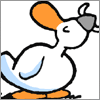Quoted Text
Martin that was another gem of information, what were the Dutch Marines doing in 1947-48 with all of the armor and amphibians?
ROBERT 
From 1946 - 1950 there was a 'decolonialisation-war'. Indonesia had been a Dutch colony for many years, and after the Japanese occupation the Dutch tried to get in control again. However in the chaos just after the war nationalists formed the Republic of Indonesia and claimed an independant Indonesia. The Dutch government didn't wanted to give up it's old colony though and after failed diplomacy talks military action was used.
The Indonesian forces were mostly well organized, but were built up with a large variation of manpower (students, police forces, gangs, old KNIL soldiers, and sometimes Japanese or British-Indian soldiers). Most were equipped with Japanese equipment, although sometimes also captured British and Dutch weapons were used. The Indonesian forces also had a small airforce which was used only once (and missed target), and a small number of armoured (captured) vehicles like old KNIL Vickers light tanks.
Dutch forces were much smaller in numbers, but much better equipped. In general, three main landforces were in action:
- Army (British equipment, including M3A1 and M3A3 Stuart tanks)
- Marines (US equipment, including the Sherman 105's and Amtracks)
- KNIL (Dutch East Indies Army, mainly British equipment)
Support was given by naval and airforces, using various vessels and aircraft like the P-51 Mustang, Fairley Firefly and B-25 Mitchell.
Large scale actions were limited during the conflict. Most actions were local, or i.e. engagements during patrols. In 1947 en 1948 there were 2 major Dutch offensive operations though, the so-called 'Politionele acties'. These actions were aimed at enlarging the areas controlled by Dutch forces and were really succesfull. These actions were daring and fast, aimed at bridges, cross-roads and important locations such as power plants and factories. Indonesian forces mostly fought hard and brave (there are stories known of Indonesians attacking Dutch armour with only spears and handgrenades) but were not able to keep up a fight against the well armed Dutch. Instead they fled into the mountain areas and started an effective guerilla.
Hostile activities continued to 1949/1950 when the Dutch government was forced to accept the Indonesian independance because of international pressure. It's a very interesting part of history for both the Netherlands and Indonesia I think. Also very interesting for modellers with the great variation in used equipment.
Back to those Shermans now


Ok ok, one more pic of Duch Shermans then




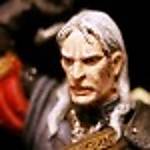



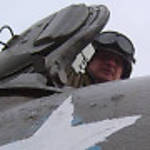


 , but it's waiting for correct markings, decals you can see are too large, only eagle and hands stamps are quite good. Of course there is the dog (Tamiya) and all crew
, but it's waiting for correct markings, decals you can see are too large, only eagle and hands stamps are quite good. Of course there is the dog (Tamiya) and all crew  , only I have to do is leather jacket of Grigorij, because in the film he had "Ramoneska" jacket
, only I have to do is leather jacket of Grigorij, because in the film he had "Ramoneska" jacket  . But dog and crew are not painting yet...
. But dog and crew are not painting yet...





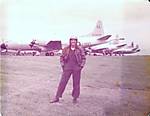


















































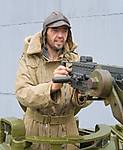















 .
.
















 Decals from Decalmaniacs, painted with Tamiya and weathered with oils & pigments.
Decals from Decalmaniacs, painted with Tamiya and weathered with oils & pigments.






